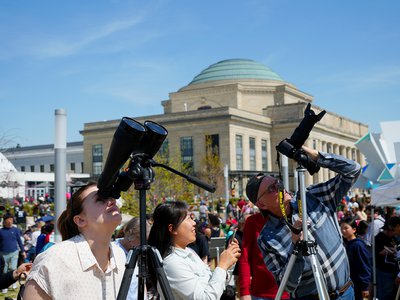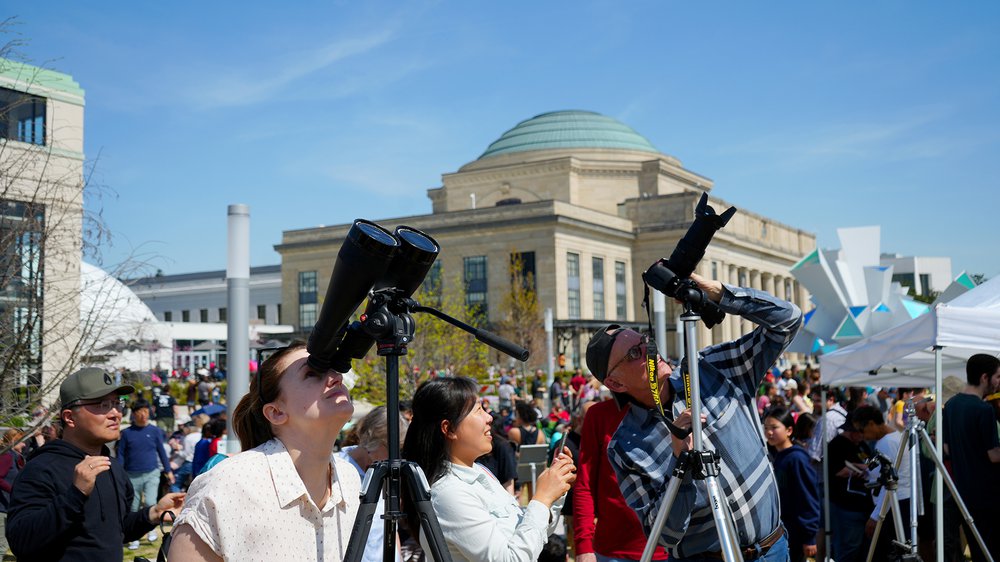Anyone can participate in science!
Participatory science is a collaboration between scientists and public volunteers to gather new knowledge about the world. Participatory science includes community science, citizen science, community-based monitoring and other types of research that depend on knowledge, insights or observations from the public.
Participatory science can transform communities, advance research and help people across the globe. For example, over the last 10 years, 31,000 volunteers have classified 350,000 images of space! You don't have to be an expert to get involved in a project. With a wide variety of topics to choose from, there’s something for all ages. You can also join in as frequently as you're able.
Explore the Latest Participatory Science Opportunity — Great Backyard Bird Count
From February 13–16, 2026, we’re going to be counting birds for the Great Backyard Bird Count! This participatory science event is a global initiative documenting how many and what kinds of birds are in the area.
In North America, this count will reflect where the avian animals are before they begin their spring migrations. Scientists will use this data to understand how bird populations are changing. By contributing your data, you’re helping scientists identify patterns in the data, which may offer new information about birds.
How to participate: on each of the four days in February, try to take at least 15 minutes to get outside and observe the birds you see. If you’re already using the eBird or Merlin Bird ID apps, great news: your observations will automatically be included in the count! To participate, download either of these apps, or for the expert birder, download a checklist and upload your results to the eBird website account once you get back inside.
Start early! You can begin watching birds before the official count event. If you have a bird feeder in your backyard, you can participate in Project FeederWatch from November 1, 2025–April 29, 2026. Practice makes perfect!
Ongoing Participatory Science Opportunities
There’s no shortage of discoveries left to be made. Visit scistarter.org, zooniverse.org and citizenscience.gov to check out dozens of other participatory science opportunities. There’s something for everyone!


Participatory Science at the Science Museum
The Science Museum’s 2017 project Throwing Shade mobilized volunteers and partners from around Richmond to evaluate urban heat vulnerability. Data collected helped show that temperatures in the city during a heat wave can vary as much as 16 °F from the coolest to the warmest places.
From 2019 through 2023, volunteers helped the Science Museum collect data about hyperlocal air quality as part of RVAir. Funded in part by the Institute of the Museum and Library Services, RVAir worked with community collaborators to help measure particulate matter in Richmond neighborhoods.
Using portable AirBeam devices, community members collected air quality data on over 600 walks throughout the Richmond area. Additionally, over 35 permanent Purple Air sensors were installed across the city and are continuing to collect air quality in real time.